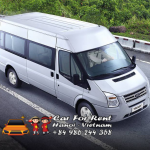north vietnam travel itinerary North Vietnam is a region that offers a diverse and exciting travel experience for travelers who love culture, nature, and adventure. From the vibrant capital of Hanoi to the stunning landscapes of Sapa and Ha Giang, North Vietnam has something for everyone.
But how do you plan your trip to North Vietnam? How do you make the most of your time and see the best attractions and sights that this region has to offer?
One of the best ways to enjoy your trip to North Vietnam is to follow a well-designed itinerary that covers the most popular and hidden destinations in North Vietnam. An itinerary that allows you to explore the history, culture, and scenery of this fascinating region.
In this guide, we will share with you our ultimate North Vietnam travel itinerary for 2 weeks. This itinerary will help you discover the highlights and gems of North Vietnam, such as:
- Hanoi: The capital and cultural hub of Vietnam, where you can experience the chaotic yet charming old quarter, the impressive temples and museums, and the delicious street food.
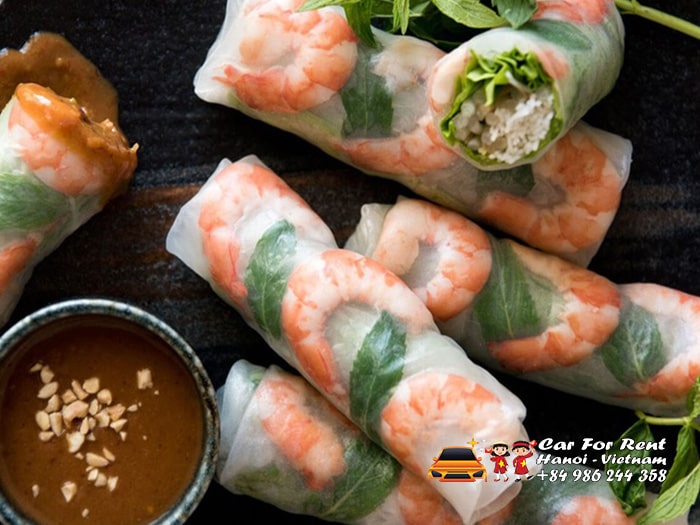
- Sapa: The mountainous town in the northwest of Vietnam, where you can trek among the rice terraces, visit the ethnic minority villages, and admire the views of Fansipan, the highest peak in Indochina. north vietnam travel itinerary
- Ha Giang: The northernmost province of Vietnam, where you can drive along the spectacular Ha Giang Loop, a scenic route that passes through karst mountains, valleys, rivers, and waterfalls.
- Cao Bang: The province in the northeast of Vietnam, where you can visit the Ban Gioc Waterfall, the fourth largest waterfall along a national border in the world, and the Nguom Ngao Cave, a massive limestone cave with stalactites and stalagmites. north vietnam travel itinerary
- Cat Ba Island: The largest island in Halong Bay, where you can enjoy the beach, kayak among the limestone islands, hike in the national park, and cruise on a junk boat. north vietnam travel itinerary
- Ninh Binh: The province in the south of North Vietnam, where you can visit the Trang An Landscape Complex, a UNESCO World Heritage Site that features a network of rivers, caves, temples, and pagodas.
This itinerary is perfect for travelers who want to see the best of North Vietnam in a short time. It is also flexible and customizable, so you can adjust it according to your preferences and needs.
How to get around North Vietnam
There are many ways to get around North Vietnam, depending on your budget, comfort level, and adventure spirit. You can choose from different modes of transportation, such as:
- Train: Traveling by train is one of the most scenic and comfortable ways to get around North Vietnam. You can enjoy the views of the countryside, the mountains, and the coast from your window seat. You can also choose from different classes of service, from hard seat to soft sleeper. You can book your train tickets online through websites like Baolau or 12go.asia, or at the train stations. north vietnam travel itinerary
- Bus: Traveling by bus is one of the most convenient and affordable ways to get around North Vietnam. You can find buses that connect almost every city and town in the region, with different levels of comfort and quality. You can book your bus tickets online through websites like Baolau or 12go.asia, or at the bus stations or travel agencies. north vietnam travel itinerary
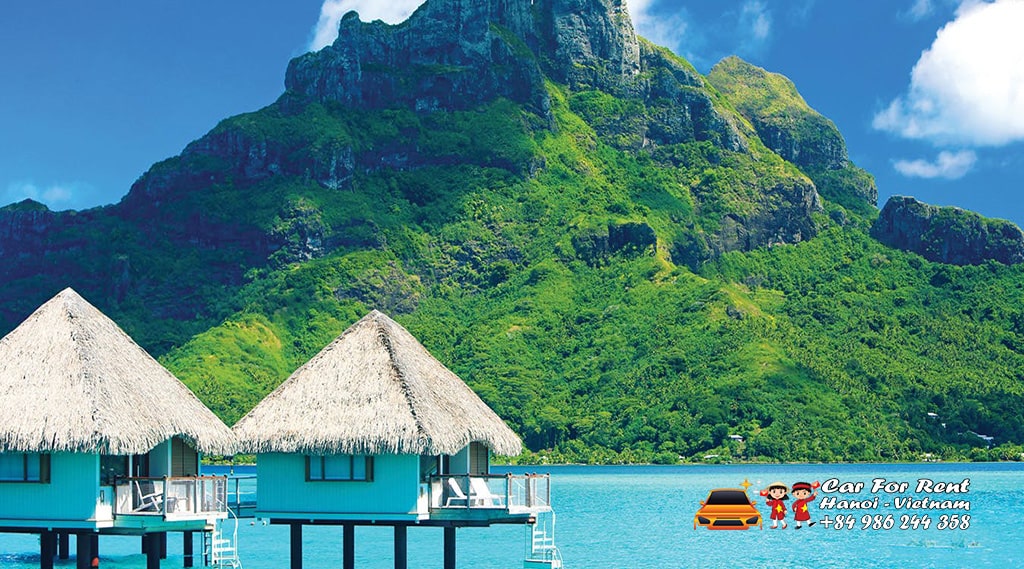
- Car: Traveling by car is one of the most flexible and independent ways to get around North Vietnam. You can rent a car with or without a driver and explore the region at your own pace and schedule. You can book your car rental online through websites like Rentalcars.com or Kayak.com, or at the airport or travel agencies. However, be aware that driving in North Vietnam can be challenging and dangerous, especially if you are not familiar with the traffic rules and conditions. You will also need a valid driver’s license and an international driving permit to drive in North Vietnam. north vietnam travel itinerary
- Motorbike: Traveling by motorbike is one of the most adventurous and fun ways to get around North Vietnam. You can rent a motorbike from many places in the region, such as hotels, hostels, shops, or online platforms like Tigit Motorbikes or Flamingo Travel. You can ride your motorbike along some of the most scenic and thrilling roads in North Vietnam, such as the Ha Giang Loop, the Hai Van Pass, the Ha Long Bay Road, and the Ho Chi Minh Highway. However, be aware that riding a motorbike in North Vietnam can also be risky and challenging, especially if you are not experienced or confident. You will also need a valid driver’s license and an international driving permit to ride a motorbike in North Vietnam. north vietnam travel itinerary
How to spend 2 weeks in North Vietnam
Here is our suggested itinerary for 2 weeks in North Vietnam, covering the major cities and hotspots in the region. You can follow this itinerary as it is, or modify it according to your interests and needs.
Day 1-3: Hanoi
Start your North Vietnam trip in Hanoi, the capital and cultural hub of Vietnam. Hanoi is a city that combines the old and the new, the traditional and the modern, the chaotic and the charming. You can spend at least two days in Hanoi to explore its attractions and highlights, such as:
- The Old Quarter: The heart and soul of Hanoi, where you can wander among the narrow streets, shop at the colorful markets, visit the ancient temples and pagodas, and sample the delicious street food. north vietnam travel itinerary
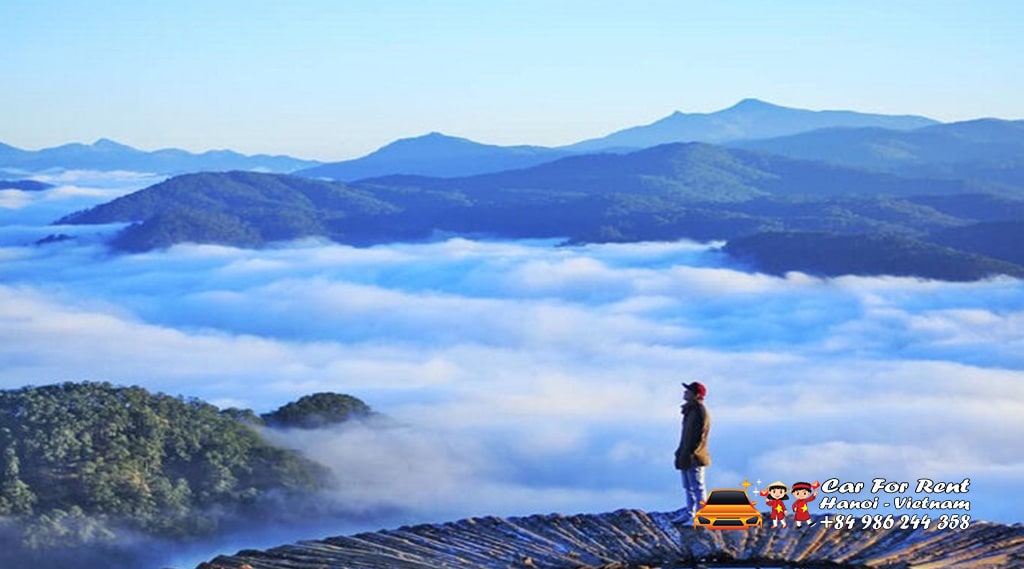
- The Hoan Kiem Lake: The iconic lake in the center of Hanoi, where you can relax, enjoy the views, and see the Turtle Tower and the Ngoc Son Temple.
- The Ho Chi Minh Mausoleum: The final resting place of Ho Chi Minh, the founding father of modern Vietnam, where you can see his embalmed body and pay your respects.
- The Temple of Literature: The oldest university in Vietnam, where you can admire the architecture, learn about the history and culture, and see the stone steles of the scholars. north vietnam travel itinerary
- The Hanoi Opera House: The elegant building that hosts various performances of opera, ballet, music, and theater, where you can enjoy a show or take a tour.
- The Museum of Ethnology: The museum that showcases the diversity and richness of Vietnam’s 54 ethnic groups, where you can see their costumes, artifacts, houses, and lifestyles. north vietnam travel itinerary
You can also take a day trip from Hanoi to some of the nearby attractions, such as:
- The Perfume Pagoda: A complex of Buddhist temples and shrines built into the limestone cliffs of Huong Tich Mountain, where you can take a boat ride along the Yen River, hike up to the main cave temple, and enjoy the scenery.
- The Duong Lam Ancient Village: A village that preserves the traditional architecture and culture of rural Vietnam, where you can see the old houses made of laterite, visit the communal houses and temples, and interact with the locals. north vietnam travel itinerary
- The Bat Trang Ceramic Village: A village that specializes in producing and selling ceramic products, where you can see the artisans at work, learn about the history and techniques of pottery, and buy some souvenirs.
Day 4-5: Sapa
From Hanoi, take a train or a bus to Sapa, the mountainous town in the northwest of Vietnam. Sapa is a popular destination for travelers who love nature, adventure, and culture. You can spend two days in Sapa to explore its attractions and highlights, such as:
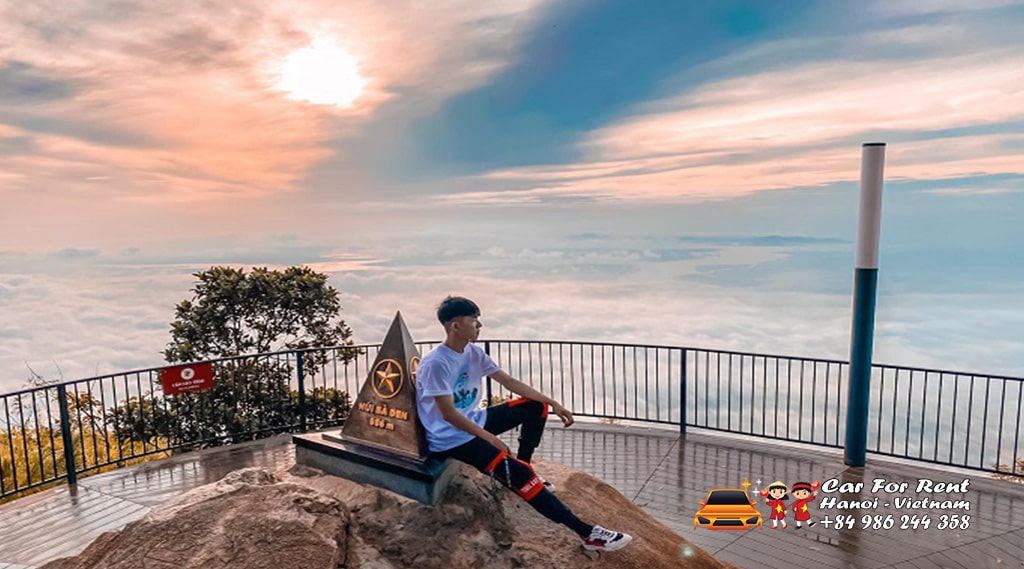
- The Fansipan Mountain: The highest peak in Indochina, where you can hike to the summit or take a cable car to enjoy the panoramic views of the mountains and valleys. north vietnam travel itinerary
- The Muong Hoa Valley: The valley that features some of the most beautiful rice terraces in Vietnam, where you can trek among the green fields, see the waterfalls and streams, and visit the ancient stone carvings.
- The Ethnic Minority Villages: The villages that are home to various ethnic groups, such as the Hmong, the Dao, the Tay, and the Giay, where you can see their traditional houses, costumes, crafts, and customs. north vietnam travel itinerary
- The Bac Ha Market: The largest and most colorful market in the region, where you can see the locals selling and buying various products, such as fruits, vegetables, meat, clothes, jewelry, and animals.
You can also take a day trip from Sapa to some of the nearby attractions, such as:
- The Silver Waterfall: A waterfall that cascades down from a height of 200 meters, where you can see the water spray and hear the roar of the falls.
- The Heaven Gate: A viewpoint that offers a stunning view of the mountains and valleys below, where you can see the winding road and the clouds. north vietnam travel itinerary
- The O Quy Ho Pass: A pass that connects Sapa with Lai Chau province, where you can drive along one of the most scenic and dangerous roads in Vietnam.
Day 6-8: Ha Giang
From Sapa, take a bus to Ha Giang, the northernmost province of Vietnam. Ha Giang is a destination for travelers who seek adventure, nature, and authenticity. You can spend three days in Ha Giang to explore its attractions and highlights, such as:

- The Ha Giang Loop: A scenic route that passes through some of the most spectacular and diverse landscapes in Vietnam, such as karst mountains, valleys, rivers, waterfalls, and forests. You can drive the loop by motorbike or car, or join a tour with a driver and guide. The loop can take anywhere from 3 to 5 days to complete, depending on your pace and stops. Some of the highlights of the loop are:
- The Dong Van Karst Plateau Geopark: A UNESCO Global Geopark that covers four districts of Ha Giang, where you can see the unique geological formations, fossils, caves, and biodiversity. north vietnam travel itinerary
- The Lung Cu Flag Tower: A tower that marks the northernmost point of Vietnam, where you can see the national flag flying and enjoy the view of the border with China. north vietnam travel itinerary
- The Ma Pi Leng Pass: A pass that is considered one of the most beautiful and dangerous passes in Vietnam, where you can see the Nho Que River winding through the deep canyon. north vietnam travel itinerary
- The Du Gia Village: A village that is surrounded by rice fields and mountains, where you can stay at a homestay and experience the local life and culture.
Day 9-10: Cao Bang
From Ha Giang, take a bus to Cao Bang, the province in the northeast of Vietnam. Cao Bang is a destination for travelers who love nature, history, and culture. You can spend two days in Cao Bang to explore its attractions and highlights, such as:
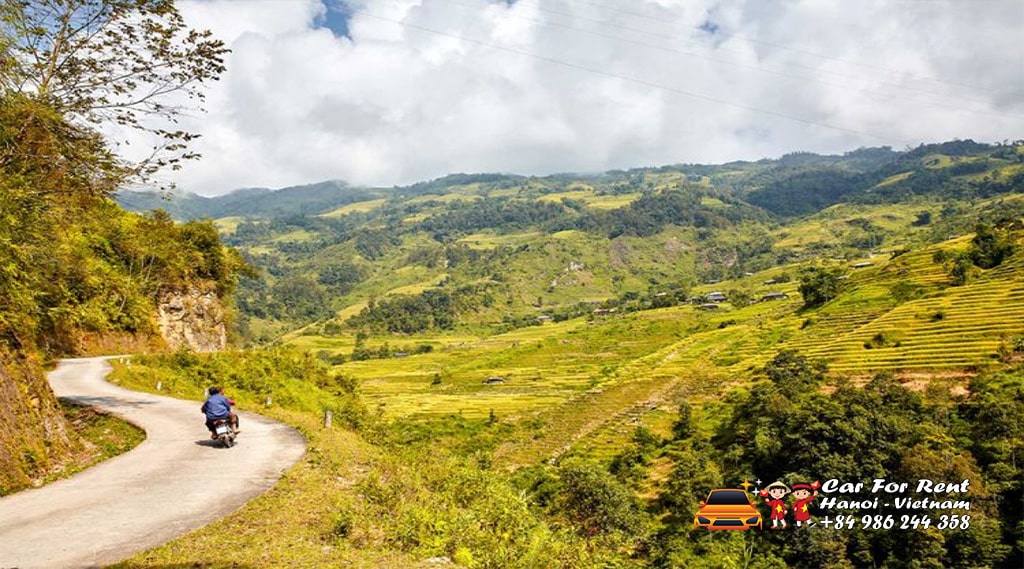
- The Ban Gioc Waterfall: The fourth largest waterfall along a national border in the world, where you can see the water falling from a height of 70 meters and forming a natural pool. You can also take a boat ride to get closer to the falls and cross the border with China. north vietnam travel itinerary
- The Nguom Ngao Cave: A massive limestone cave that stretches for about 2 kilometers, where you can see the stalactites and stalagmites in various shapes and colors. You can also hear the sound of water dripping and flowing inside the cave. north vietnam travel itinerary
- The Pac Bo Cave: A historical site where Ho Chi Minh lived and worked for seven weeks in 1941 after returning from China. You can see the cave where he slept, the spring where he bathed, and the stone table where he wrote. north vietnam travel itinerary
- The Thang Hen Lake: A lake that is located in a valley surrounded by mountains, where you can see the clear water reflecting the sky and the trees. You can also take a boat ride or a kayak to explore the lake and its islands.
Day 11-12: Cat Ba Island
From Cao Bang, take a bus to Hanoi, and then take another bus or a train to Hai Phong, where you can catch a ferry or a speedboat to Cat Ba Island. Cat Ba Island is the largest island in Halong Bay, where you can enjoy the beach, the sea, and the nature. You can spend two days on Cat Ba Island to explore its attractions and highlights, such as:
- The Cat Ba National Park: A national park that covers about half of the island, where you can hike, bike, or climb among the forest, the hills, and the caves. You can also see the wildlife, such as the endangered Cat Ba langur, the civet, and the deer.
- The Lan Ha Bay: A bay that is adjacent to Halong Bay, but less crowded and more pristine, where you can kayak among the limestone islands, visit the floating villages and fish farms, and swim in the clear water. north vietnam travel itinerary
- The Monkey Island: An island that is home to hundreds of monkeys, where you can see them playing and jumping around. You can also climb to the top of the island for a panoramic view of the bay.
- The Cannon Fort: A fort that was built by the French and used by the Vietnamese during the wars, where you can see the cannons, the tunnels, and the bunkers. You can also enjoy the view of the town and the bay from the fort. north vietnam travel itinerary
Day 13-14: Ninh Binh
From Cat Ba Island, take a ferry or a speedboat back to Hai Phong, and then take a bus or a train to Ninh Binh, the province in the south of North Vietnam. Ninh Binh is a destination for travelers who love nature, culture, and history. You can spend two days in Ninh Binh to explore its attractions and highlights, such as:
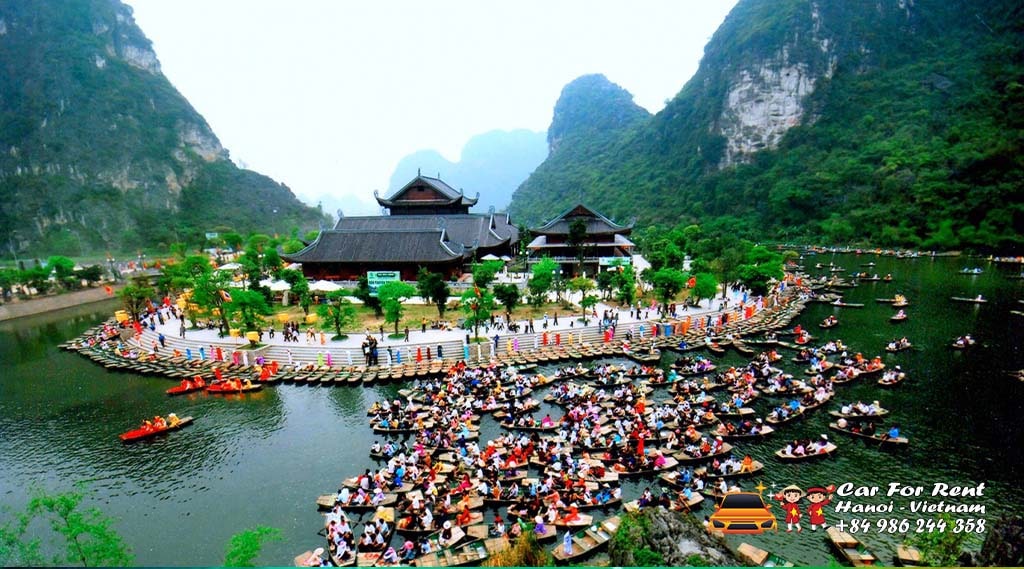
- The Trang An Landscape Complex: A UNESCO World Heritage Site that features a network of rivers, caves, temples, and pagodas. You can take a boat ride along the river and see the limestone cliffs, the rice fields, and the wildlife. You can also visit the Bai Dinh Pagoda, the largest pagoda in Vietnam, and the Hoa Lu Ancient Capital, the first capital of Vietnam in the 10th century. north vietnam travel itinerary
- The Tam Coc: A scenic area that is also known as the “Halong Bay on land”, where you can take a boat ride along the Ngo Dong River and see the rice fields, the karst mountains, and the caves. You can also visit the Bich Dong Pagoda, a pagoda that is built into the mountain, and the Mua Cave, a cave that offers a stunning view of the area from the top. north vietnam travel itinerary
- The Cuc Phuong National Park: A national park that is the oldest and largest in Vietnam, where you can hike, bike, or camp among the forest, the mountains, and the waterfalls. You can also see the wildlife, such as the langurs, the gibbons, and the turtles. You can also visit the Endangered Primate Rescue Center, where you can see and learn about the conservation of the primates. north vietnam travel itinerary
Contact us:
Car For Rent Hanoi VietNam
https://zalo.me/0986244358

Conclusion
North Vietnam is a region that will amaze you with its diversity and beauty. By following this itinerary, you will be able to see the best of North Vietnam in 2 weeks. You will be able to experience the history, culture, and scenery of this fascinating region.
We hope that this guide has helped you plan your trip to North Vietnam. If you are ready to book your North Vietnam travel tickets, you can visit the websites and apps that we recommended above. north vietnam travel itinerary
Happy travels!

